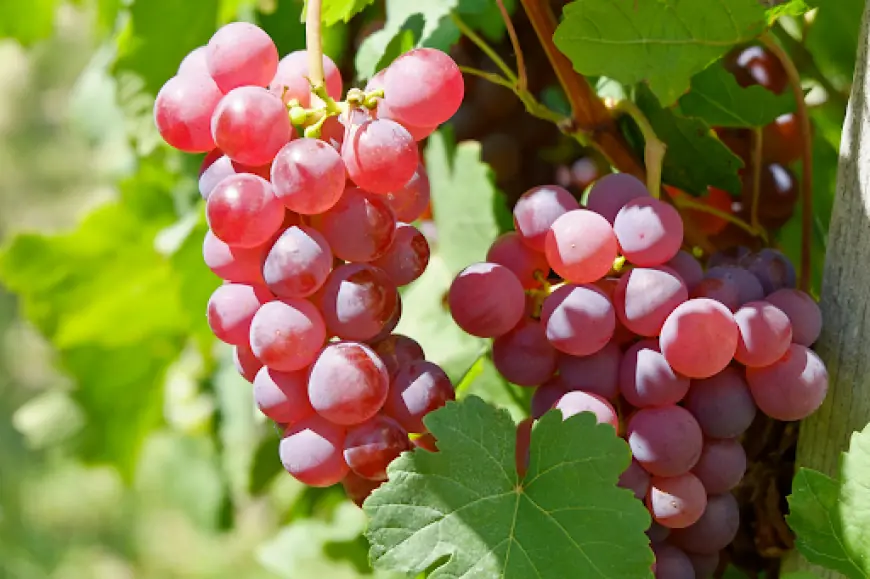A Seasonal Care Calendar for Maintaining Thriving Fruit Trees
A well-structured care calendar can help gardeners and orchard owners ensure that Fruit Trees grow strong, produce quality harvests, and remain resistant to pests and diseases.

Maintaining healthy and productive trees throughout the year requires consistent attention and a clear understanding of seasonal needs. A well-structured care calendar can help gardeners and orchard owners ensure that Fruit Trees grow strong, produce quality harvests, and remain resistant to pests and diseases. By tailoring care routines to each season, it becomes possible to optimize growth cycles and enjoy abundant yields year after year.
Spring: Encouraging Strong Growth and Blossoms
Spring is the time when Fruit Trees wake from winter dormancy and channel energy into new shoots, leaves, and blossoms. During this period, pruning is essential to remove damaged or dead branches, improve air circulation, and shape the tree for better sunlight exposure. Proper fertilization helps replenish nutrients lost during winter, with nitrogen-rich options promoting vigorous growth. Pest management also plays a vital role in spring care, as emerging insects and fungal diseases can quickly affect blossoms and young leaves if left unchecked. Regular monitoring ensures early intervention and healthy tree development.
Summer: Supporting Fruit Development and Health
Summer is when Fruit Trees devote most of their energy to developing and maturing fruit. Adequate watering is crucial, especially during dry spells, to maintain consistent soil moisture and prevent fruit drop. Mulching around the base helps conserve moisture, regulate soil temperature, and reduce weed competition. Thinning excess fruit ensures that the remaining produce grows larger and has better flavor. It is also wise to inspect for signs of sunburn on exposed branches and protect the trees where necessary. By focusing on consistent care, summer supports both the current harvest and the long-term health of the tree.
Fall: Preparing for Dormancy and Next Year’s Growth
Fall marks the transition into dormancy for Fruit Trees, making it the perfect time for post-harvest maintenance. Removing fallen leaves and any remaining fruit reduces the risk of overwintering pests and diseases. Applying balanced fertilizer in early fall supports root strength without stimulating excessive new growth. For trees in colder regions, adding a protective mulch layer around the base helps insulate roots against freezing temperatures. Fall is also an ideal time for soil testing, which guides nutrient management plans for the coming year. Careful preparation in autumn ensures that trees enter winter strong and ready for a productive spring.
Winter: Protecting and Resting the Trees
Winter is the season when Fruit Trees rest, conserving energy for the next growth cycle. This period is ideal for major pruning since the absence of leaves makes it easier to see the tree’s structure and remove crossing or damaged branches. Protective measures such as trunk wrapping help prevent frost cracks and rodent damage. In areas with heavy snowfall, gently brushing snow off branches prevents breakage. While the trees are dormant, it’s also a good time to plan for new plantings and order any supplies needed for the upcoming growing season.
Year-Round Pest and Disease Monitoring
Although each season has its specific care tasks, pest and disease prevention is a year-round responsibility for Fruit Trees. Regular inspection allows for early identification of potential problems, whether they arise from fungal spores in spring, insect activity in summer, or bacterial infections in fall. Integrated pest management practices, such as encouraging beneficial insects and using targeted organic treatments, help maintain a balanced ecosystem. By staying vigilant throughout the year, it is possible to reduce the need for harsh chemical interventions and keep trees healthy naturally.
Conclusion: The Long-Term Rewards of Seasonal Care
Following a seasonal care calendar ensures that Fruit Trees receive the right attention at the right time, resulting in healthier growth, better yields, and greater resistance to environmental stressors. Beyond fruit production, trees can serve additional purposes, such as creating shade, enhancing landscapes, or even functioning as Privacy Trees. This approach not only supports consistent harvests but also prolongs the lifespan of the trees, making them valuable assets for both home gardens and orchards.
What's Your Reaction?
 Like
0
Like
0
 Dislike
0
Dislike
0
 Love
0
Love
0
 Funny
0
Funny
0
 Angry
0
Angry
0
 Sad
0
Sad
0
 Wow
0
Wow
0

















































